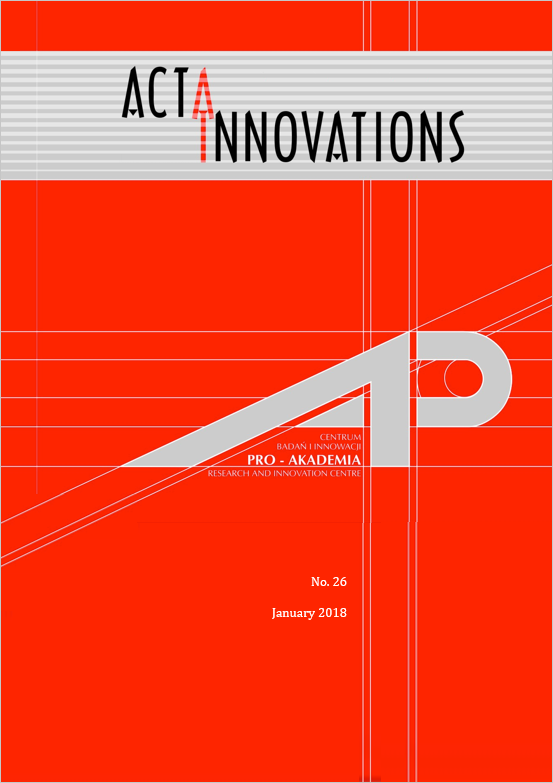REMOVAL OF 2-PHENYLBENZIMIDAZOLE-5-SULFONIC ACID USING HETEROGENEOUS PHOTOCATALYSIS
REMOVAL OF 2-PHENYLBENZIMIDAZOLE-5-SULFONIC ACID USING HETEROGENEOUS PHOTOCATALYSIS
Author(s): Waldemar StudzińskiSubject(s): Energy and Environmental Studies, Environmental Geography
Published by: Centrum Badań i Innowacji Pro-Akademia
Keywords: PBSA; UV filter; emerging pollutants; photodegradation; TiO2
Summary/Abstract: UV filters are classified as environmental pollutants (emerging pollutants). One of the most frequently detected UV filters in real samples is 2-phenylbenzimidazole-5-sulfonic acid (PBSA). It has been shown that conventional technologies applied in sewage treatment plants are not adapted for complete removal of sunscreen agents. Therefore, there is a trend to undertake activities leading to improvement of water quality by enhancing treatment methods. This is important due to the fact that in an aqueous environment, in the presence of UV radiation or sunlight irradation, PBSA generates reactive oxygen species that can damage the DNA of living organisms. The aim of study was to investigate an effect of pH and TiO2 on PBSA stability in the presence of UV radiation. It was found that the rate of PBSA degradation depends on the catalyst dose and pH of solution. The photocatalysis reaction was carried out in a Heraeus laboratory exposure set equipped with a 150 W mediumpressure mercury lamp. The course of PBSA degradation process as a function of time was monitored using UV/VIS spectrophotometer and liquid chromatograph equipped with UV-Vis detector.
Journal: Acta Innovations
- Issue Year: 2018
- Issue No: 28
- Page Range: 5-13
- Page Count: 9
- Language: English

